Echinodorus grandiflorus
Scientific name: Echinodorus grandiflorus
Family: Alismataceae
Maximum size reached under cultivation: 50 - 150 cm (19.69 - 59.06 inch)
014
Recommended pH range: 5.7 - 8.9
Recommended water hardness: 4 - 8°dGH (71.43 - 142.86ppm)
0°C 32°F30°C 86°F
Recommended temperature range: 21 - 28 °C (69.8 - 82.4°F)
Preferred propagation method: Runners
Native to: South America
Growth rate: Normal
Recommended substrate: Gravel
Lighting requirements: Bright
Ideal placement in tank: Background
Common Names
Burhead, Giant Sword Plant
Origin
Echinodorus grandiflorus originates from South America, particularly in countries like Brazil and Argentina. It is commonly found in wetlands, along riverbanks, and in marshy areas, thriving in both submerged and emerged conditions.
Quick Overview
- Ideal For: Large aquariums, ponds, paludariums
- Difficulty Level: Easy
- Lighting: Bright
Growing Conditions
Echinodorus grandiflorus can grow both submerged in aquariums and emerged in paludariums or moist environments such as ponds. It is one of the largest Sword plants, reaching impressive heights of up to 150 cm (59.06 inches). This makes it ideal for larger tanks where it can serve as a background or centerpiece plant. The plant prefers a gravel substrate that supports its extensive root system and requires bright lighting to thrive. While it grows steadily under normal conditions, higher temperatures will encourage more rapid growth and may promote flowering.
Planting Area
Due to its size, Echinodorus grandiflorus is best suited for the background of large aquariums or the edges of ponds and paludariums. Its large, lush leaves create an impressive backdrop and provide shelter for fish. An open-topped tank is recommended to accommodate its height, as the plant can grow above the waterline in ideal conditions.
Propagation
Echinodorus grandiflorus propagates through runners or adventitious shoots. Runners will produce new plantlets, which can be separated from the mother plant once they have developed roots. These young plants can then be replanted in the substrate, where they will continue to grow. Ensure that new plantlets are provided with adequate nutrients to encourage strong root development. Propagation via seeds is also possible but less common in aquarium setups.
Difficulty
Echinodorus grandiflorus is considered easy to grow and maintain, making it a good choice for aquarists of all experience levels. It tolerates a wide range of water parameters, though it prefers stable conditions for optimal growth. Regular trimming may be needed to manage its size, especially in smaller tanks.
Short Description
Echinodorus grandiflorus, also known as Burhead or Giant Sword Plant, is one of the largest aquatic plants available for aquariums. Its tall, broad leaves make it a striking addition to large tanks, ponds, or paludariums. This plant thrives in bright lighting and higher temperatures, growing both submerged and emerged. It is easy to propagate through runners, and its ability to grow above the waterline makes it ideal for open-topped tanks. While easy to care for, its large size requires ample space, making it best suited for larger setups. In Brazil, this plant has also been traditionally used in herbal medicines due to its purported health benefits.

 Echinodorus “Ozelot”
Echinodorus “Ozelot”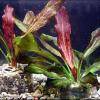 Echinodorus “Red Flame”
Echinodorus “Red Flame”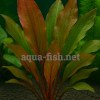 Echinodorus “Red Special”
Echinodorus “Red Special”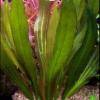 Echinodorus “Rubin”
Echinodorus “Rubin” Echinodorus “Tricolour”
Echinodorus “Tricolour”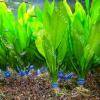 Echinodorus amazonicus
Echinodorus amazonicus Echinodorus angustifolius
Echinodorus angustifolius Echinodorus bleheri
Echinodorus bleheri Echinodorus cordifolius
Echinodorus cordifolius Echinodorus horemanii
Echinodorus horemanii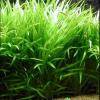 Echinodorus latifolius
Echinodorus latifolius Echinodorus macrophyllus
Echinodorus macrophyllus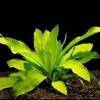 Echinodorus major
Echinodorus major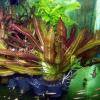 Echinodorus osiris
Echinodorus osiris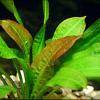 Echinodorus parviflorus
Echinodorus parviflorus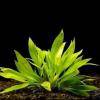 Echinodorus quadricostatus
Echinodorus quadricostatus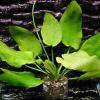 Echinodorus schlueteri
Echinodorus schlueteri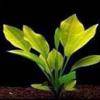 Echinodorus subalatus
Echinodorus subalatus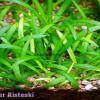 Echinodorus tenellus
Echinodorus tenellus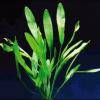 Echinodorus uruguayensis
Echinodorus uruguayensis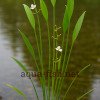 Sagittaria graminea
Sagittaria graminea Sagittaria platyphylla
Sagittaria platyphylla Sagittaria subulata
Sagittaria subulata